Extraction director explains how he pulled off the Netflix movie's incredible one-shot (exclusive)
Netflix's latest action movie features an incredible 30-minute single take. We spoke to Extraction's director, Sam Hardgrave, about how he pulled off the ambition feat of filmmaking
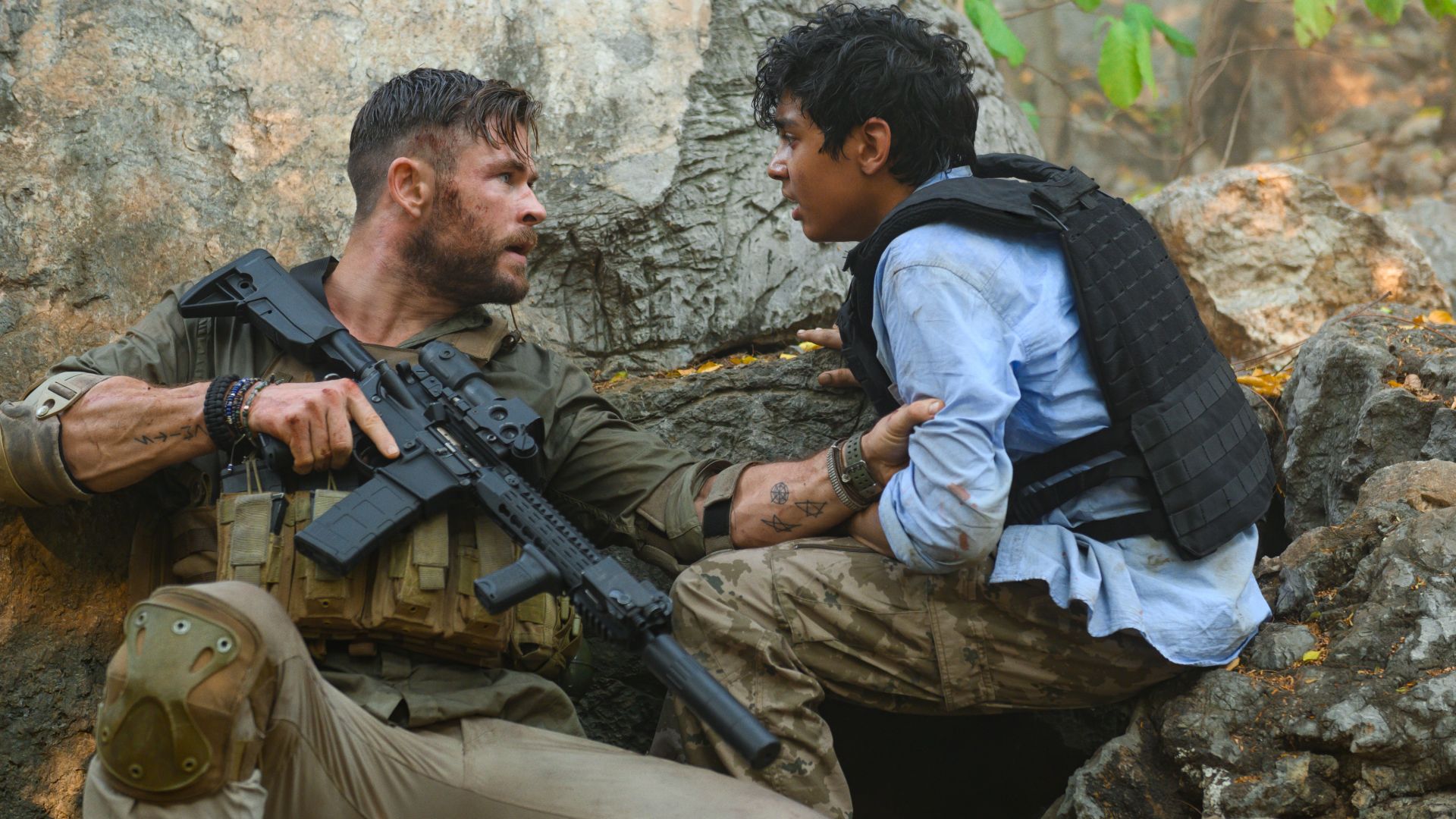
Netflix's original output has grown exponentially ambitious these last few years. Just look back to the tail end of 2019, when the streaming service released Michael Bay's bombastic 6 Underground and Martin Scorsese's epic The Irishman. And while Extraction – directed by Sam Hardgrave and starring Chris Hemsworth – may not have over-the-top explosions or use CGI de-ageing magic, the new movie features perhaps the most ambitious scene of the lot: an almost half-hour single take that's more action-packed than most superhero movies.
The moment comes some time into the movie, as Hemsworth's Tyler Rake attempts to rescue a young boy named Ovi from a mafia kingpin. The sequence is excellently choreographed and has you sitting on the edge for its entire runtime. Also impressive is how the one-shot does not simply follow our leading heroes, but switches between Tyler, Ovi, Randeep Hooda's character Saju, and a couple of nameless villains.
We caught up with Hardgrave – who previously acted as a stunt co-ordinator on Avengers: Endgame, Deadpool 2, and Suicide Squad – to discuss Extraction and asked the filmmaker about that one-shot. Unsurprisingly, it took "three to five months" of planning. Here's our Q&A, edited for clarity.
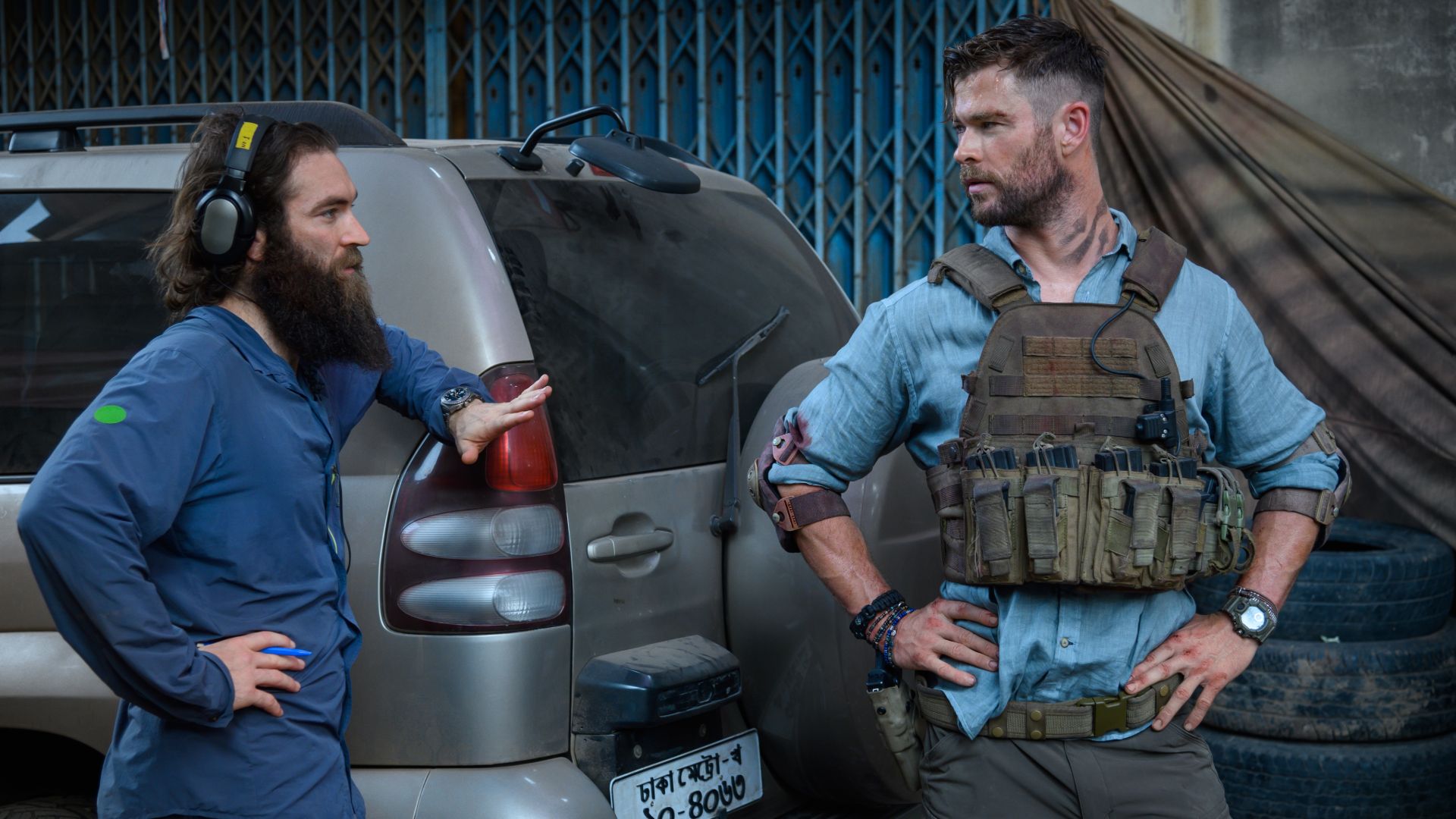
When did you and the Russo brothers start talking about the movie?
I actually read the script, probably seven or eight years ago for the first time, when it was called Ciudad, which was turned into a graphic novel. Things came back around full circle in 2017, on the set of the Avengers: Infinity War. We'd been discussing my desire to direct and Joe came to me and said, "Hey, I think I have a script that would be perfect for your first film". So I read it and recognized the story, except it had changed locations and now was set in Dhaka, Bangladesh. The story was still the same, the heart of it was still the same, lots of room for insane action. And, I said, "Well, I'm honoured and I would love to be a part of this movie."
You directed numerous shorts and acted as second unit director on Deadpool, Avengers, and lots more. I imagine you had opportunities to direct other movies, so what was it about this one that you went, "I need to make this film"?
It kind of reminded me of the movies that I grew up loving in the '80s and '90s. It had a flawed hero that had a very primal need and an issue to overcome. It was wrapped up very much a character-driven redemption story wrapped up in a muscular action movie. Action is something that I've lived and breathed and been a part of for much of my life. So, to mix those two things together, to have an action movie with a heart, seemed like the perfect place to start off my career.
Bringing all the latest movie news, features, and reviews to your inbox
Which action films acted as your inspirational cornerstones while making Extraction?
I grew up watching Hong Kong cinema and Asian cinema, the '80s and '90s Jackie Chan, Jet Li, Donnie Yen, and those names. Stylistically, rhythmically, the action design, editing, and shooting style of those movies has always been very influential to me. But then, mixing that with the movies, like Die Hard and True Lies, and movies of that nature and era, those super inspirational to me growing up. Even Rambo, those franchises, I go back and watch them again and they had a lot of influence on my sensibilities. The foundation, though, is in Asian action cinema of the '80s and '90s.
You can see those influences on the brawls in the movie. When you watch John Wick, which has also been directed by stunt coordinators turned directors, you can see the influence of Asian cinema as well. Do you think that style of action is the future of for these types of movies?
It's funny, action in movies, it goes in cycles. And right now, fortunately for us directors coming from an action background, people are enjoying that style. For us – and when I say us, I mean [John Wick directors] Chad Stahelski and David Leitch – we were all influenced by Asian cinema growing up. And so, we are fans of action, first and foremost. So when we get the chance to do action, we're paying homage to those things we enjoy watching – we try to shoot and capture action in the style that we would like to see. It's very fortunate for us that there are other fans of that style who appreciate action being shot and edited in that way.
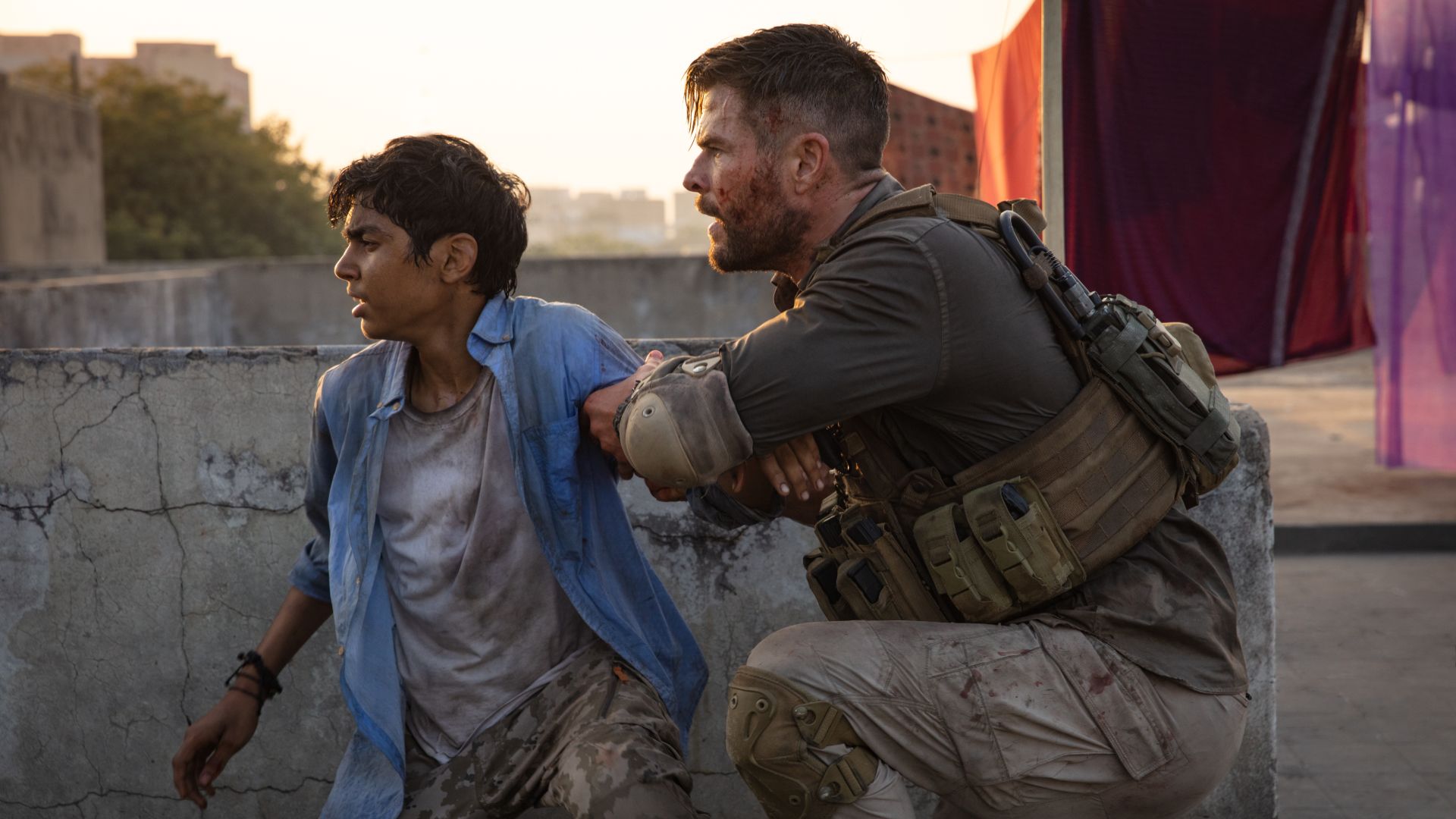
Let's talk about the one-shot. The sequence feels almost like a video game, akin to something out of Call of Duty.
Part of the intention was certainly to infuse the audience into the action. It's not a first-person thing like in games, but it is a little bit voyeuristic and taking the audience into the space with the characters. That was how I viewed the camera; as a character. So when I was shooting, I was right there with the actors. I was either on the car or in the car, right there in the action. As I was doing this – as I was experiencing this with him – that's what I wanted the viewer to experience. That's why I tried to get the camera right in there, so you felt like you were the third person in the extraction on this journey. That if you were to turn the camera around that it would be you, the audience member, who was there experiencing what they've done in real-time.
How long did you plan the one-shot beforehand? And which parts were the hardest to get right?
The scene, on the page, was not devised as one shot. It was really, really well written by Joe. When I read it, it was eyebrow-raisingly huge, like, "Oh my gosh, this is something from a James Bond or Jason Bourne movie." Realizing that our resources are not quite to that level, I didn't want to do something and get a pat on the back, "Oh, well you tried." I wanted to do something unique, to encourage mixing all of those elements together – the long fight scene and long chase scenes – to bring these different stunt elements together into one sequence. That was where the ambition came in. I was like, "Let's give it a go." We didn't try to out-Bond Bond. We tried to bring our own feeling to this thing, and it was less about the moves or the choreography, and more about how we're viewing it – the perspective.
Once I started devising that, it took from conception to execution probably three to five months. We got it on paper as drawings, using the scripts as a guideline for the story beats. I look to a script and what the author wants to portray or convey and then decide what are the important things for the story we want to tell. Then, it's how can we embellish this action to make it even more exciting. Here, we had to weave in Tyler Rake's story with Saju's, and the involvement of a third party. So how you got all these stories in one shot?
We took risks. When we were devising, we were asking, "Do we leave our hero?" Because that's who people want to follow. But we tried that. We leave our hero and we follow Saju for a bit, and then we leave him and follow the bad guys for a bit. That was the really ambitious bit that we weren't sure would pay off, but I think it does, and it builds tension and it keeps you guessing as to what's happening next. So, once I had all these things written down a map, I wanted to talk to the location department and production designer, and told them, "These are the elements that I want to try to incorporate." And then they went out and found these amazing locations, and I went out with them and we just picked the one that felt the best for the sequences. We wanted the most production-friendly. And then we started rehearsing.
We went on seven or eight different location scouts, which is a huge amount. Usually, you do maybe one or two. But we took the entire crew at different times to these locations, so everyone knew exactly what they were doing and where we had to be. It was exhaustive preparation. I probably went to those locations hundreds of different times because I would go with just the stunt team, who would have been preparing in the stunt gym. Then, when you're put in the team in the environment it naturally changes as you're no longer in a big open space. Now you're in a stairwell or the ceiling is not as high, so we had to change the action to fit the space.
To take it a step further, we shot the sequence on location before we shot that sequence. We wanted to test and prove everything so that, when the whole cast and crew were there, we weren't finding issues or sorting through problems on the day. It had to be planned out. And so we shot it and edited it before we got there to shoot and edit it. It was very well worked out which gave us the confidence to, if we had to on the day, if Chris Hemsworth wasn't feeling a certain mood or we came up with a better idea, we could improvise and we have the ability to do that because we were so prepared.
I spoke to Sam Mendes about 1917 – which was all one shot – and it's facinating how these things are planned. So, knowing how much work the one-shot took, would you, if starting again, do it again?
I would go bigger. It's funny because, we were in the middle of this, and we didn't know Sam was doing this, and we were saying we should do a whole movie like this. And then the promotion for 1917 started, and we were like, "Son of a bitch, he beat us to it." I loved that movie, and I was jealous as that was something I wanted to do, and still might. We were worried that someone beat us to it, but, in truth, you can give 10 different directors one script and it will come out 10 different ways, each one equally interesting because it's different perspectives. His style is very different to mine, which is very different to Birdman. Each one of these has its own unique voice and characteristic to it. That's what makes cinema so fun.
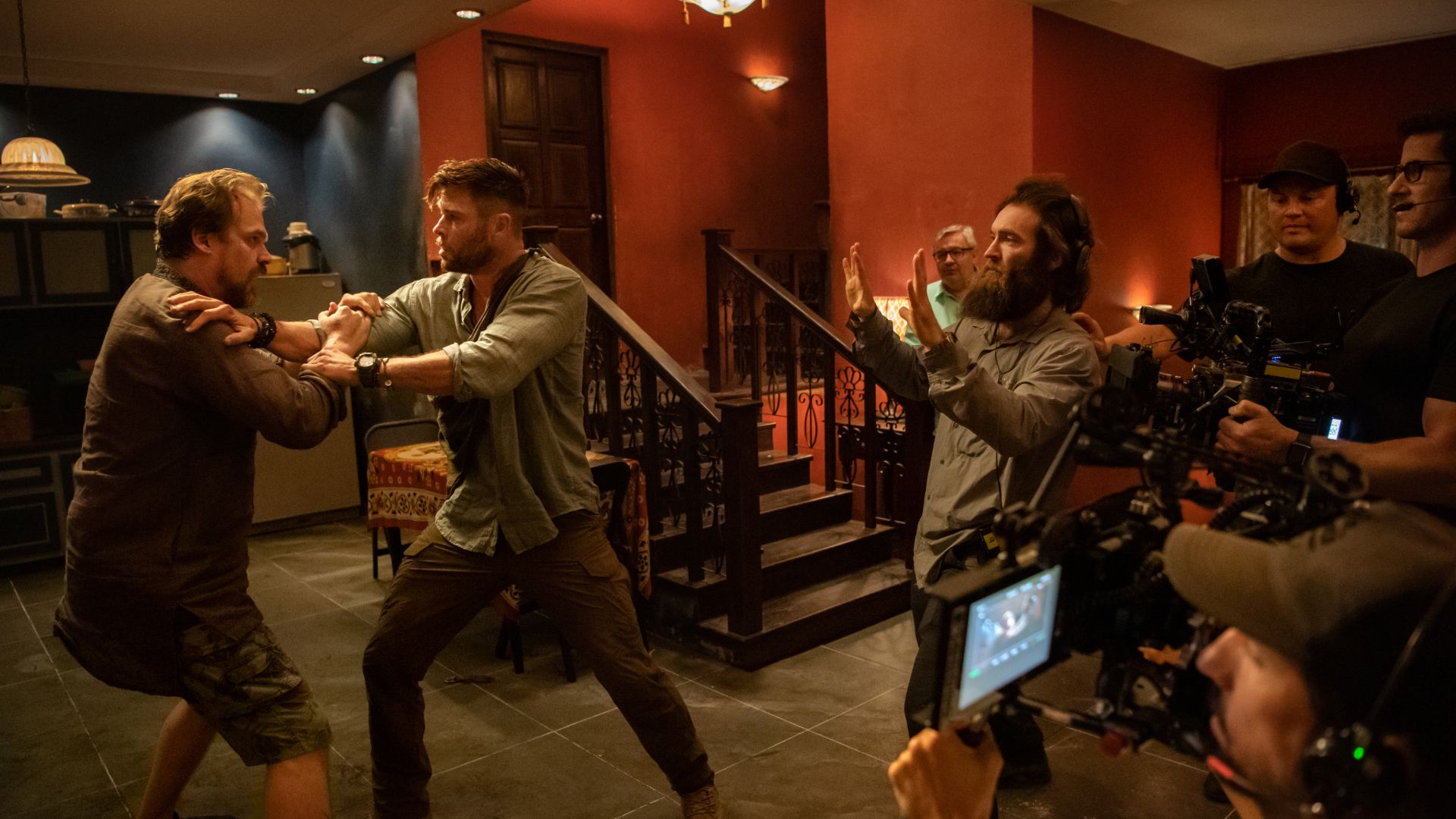
I can imagine, considering those Asian cinema influences, a one-shot version of The Raid would be something you would be keen to do.
The more we talk about it, the more excited I'm getting. Who knows. But to inspire myself, I'm going to say, at some point, that's going to happen. The craziest thing we learnt was just how much power editing gives you. You can't go back. If something's just a beat too long at a certain moment, you can't chop that. That's why so much preparation has to go into it – because there's no going back once you get there. That's the vision that you want people to see and that's what they get. So it's really important to be prepared and to just improve so many things so that, what you put out there is what you want people to see.
I would be remiss if I didn't ask you about your time on Endgame as we're coming up to the year anniversary. What's your fondest memory from the set?
My fondest memory from Avengers: Endgame is the sequence where Captain America from the now, fights Captain America from the past – when he goes back in time and fights himself. I started my career with Marvel on the first Avengers, doubling Chirs Evans in that Captain America suit. For the Endgame sequence, I was given the responsibility of directing it and helping design the action.
I made the decision, because my brother was Captain America's stunt double on Endgame at that time, to shave my beard and cut my hair and get back into the suit one last time. So I was directing, designing the action, doubling the actor in the suit that I started with in the Marvel Cinematic Universe, and working with my brother, and my good friend, Chris Evans. My father was there during those three days of shooting. So, all those elements combined made that sequence on that movie, one of the most memorable experiences in my film career.
Extraction is available on Netflix worldwide on April 24. For more Netflix content, read our pieces on the best Netflix movies and best Netflix shows.
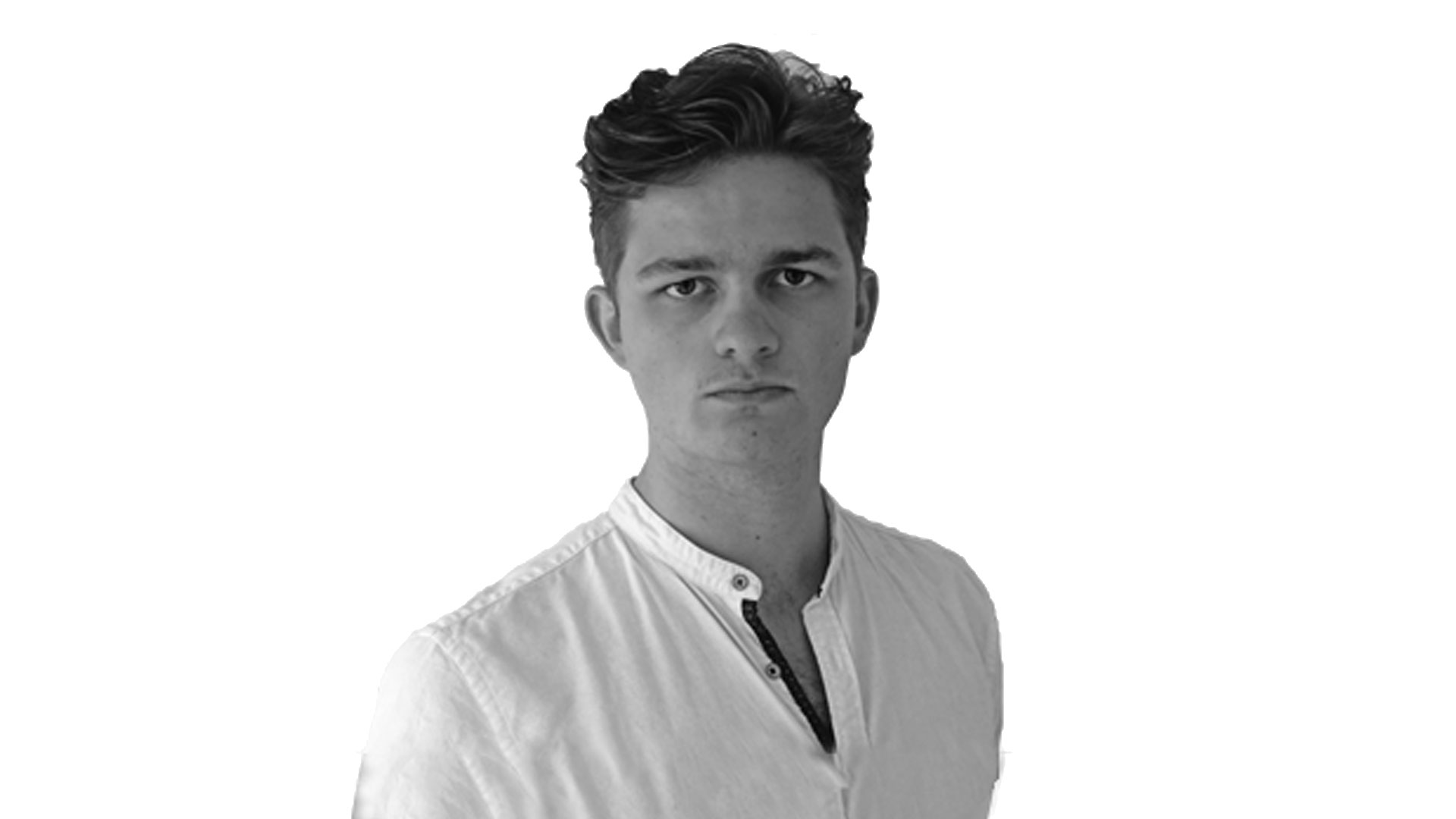
Jack Shepherd is the former Senior Entertainment Editor of GamesRadar. Jack used to work at The Independent as a general culture writer before specializing in TV and film for the likes of GR+, Total Film, SFX, and others. You can now find Jack working as a freelance journalist and editor.


